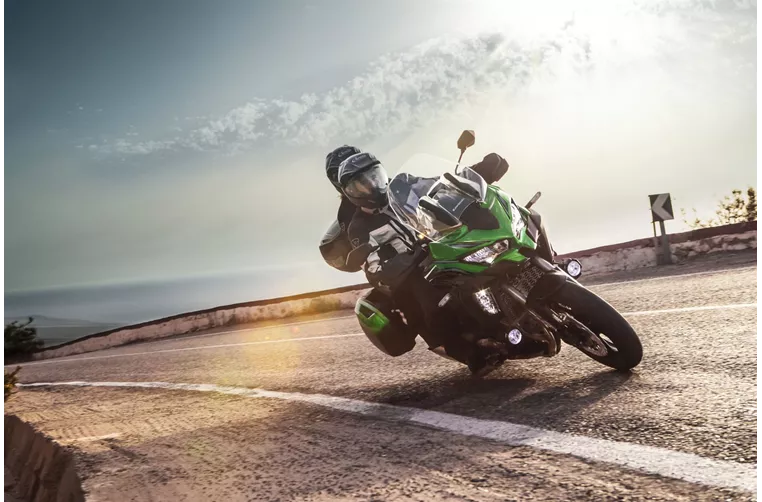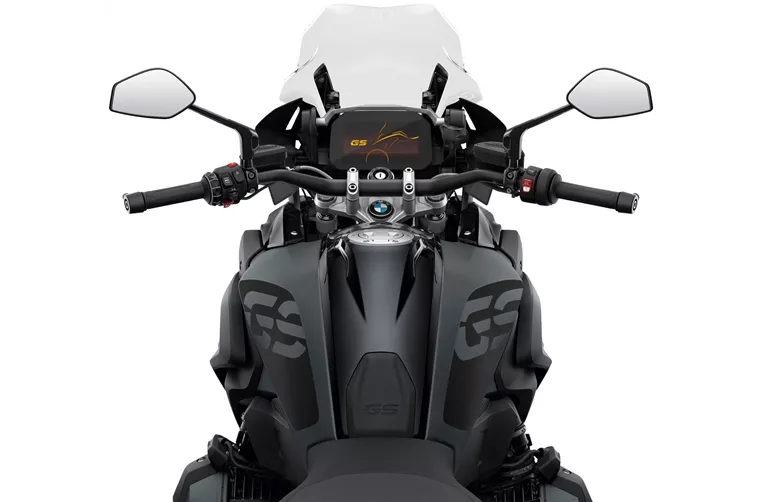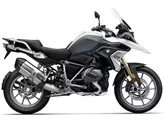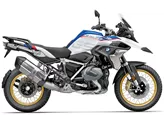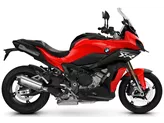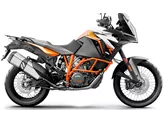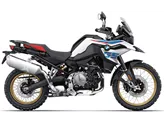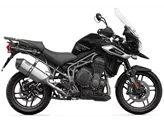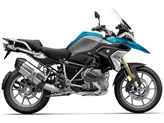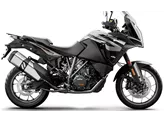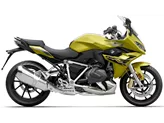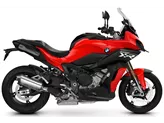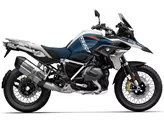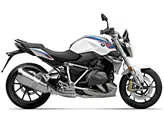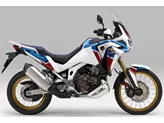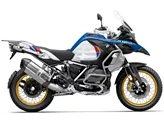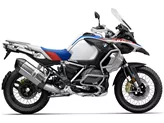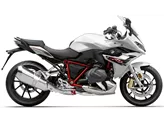Kawasaki Versys 1000 SE 2021 vs. BMW R 1250 GS 2022
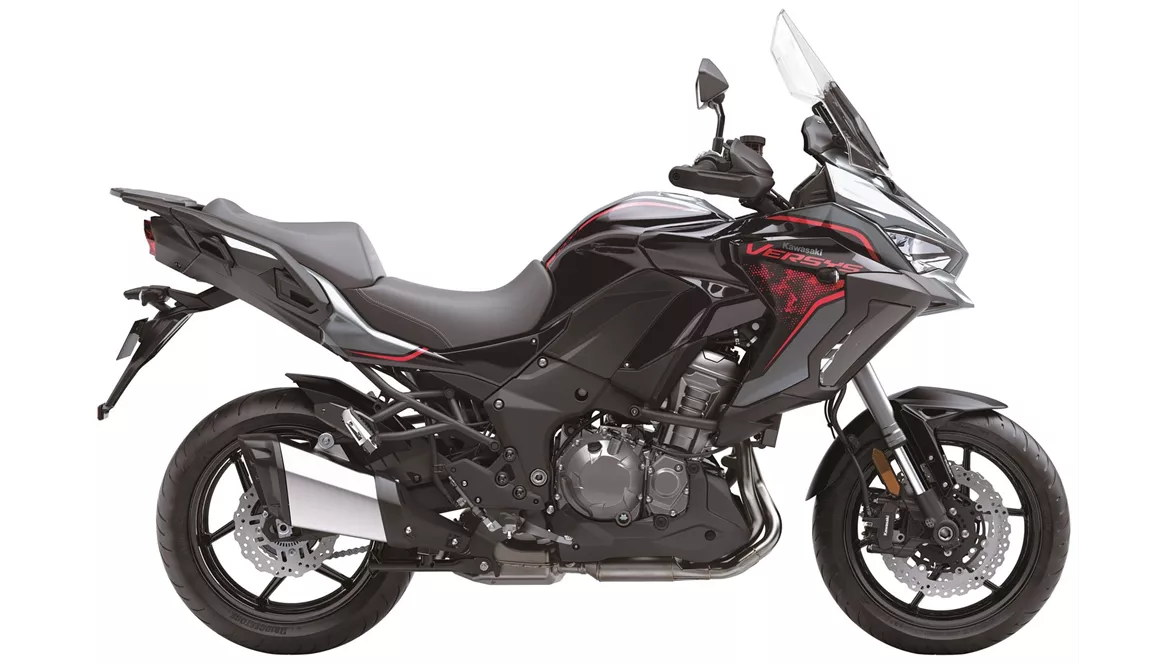
Kawasaki Versys 1000 SE 2021

BMW R 1250 GS 2022
Overview - Kawasaki Versys 1000 SE 2021 vs BMW R 1250 GS 2022
When comparing the Kawasaki Versys 1000 SE 2021 and the BMW R 1250 GS 2022, it is important to consider their technical specifications and strengths and weaknesses.
In terms of engine and drive train, the Versys 1000 SE 2021 features an in-line four-cylinder engine with a displacement of 1043ccm, producing 120 HP of power and 102 Nm of torque. It has a chain transmission and a starter that is electrically powered. On the other hand, the R 1250 GS 2022 has a boxer engine with a displacement of 1254ccm, generating 136 HP of power and 143 Nm of torque. It utilizes a prop shaft transmission and also has an electric starter. The BMW offers slightly more power and torque compared to the Kawasaki.
In terms of suspension, the Versys 1000 SE 2021 has an upside-down telescopic fork front suspension with a travel of 150 mm and adjustable compression, preload, and rebound settings. The rear suspension is a swing arm with a monoshock and a travel of 152 mm, also adjustable for compression, preload, and rebound. On the other hand, the R 1250 GS 2022 has a telelever front suspension with a travel of 190 mm and adjustable preload. The rear suspension is a single swing arm with a monoshock and a travel of 200 mm, adjustable for preload and rebound. The BMW offers slightly more suspension travel, which can be beneficial for off-road riding.

Kawasaki Versys 1000 SE 2021
In terms of chassis, the Versys 1000 SE 2021 has an aluminum frame with a rake of 63 degrees and a trail of 106 mm. The R 1250 GS 2022 has a steel frame with a slightly smaller rake of 62.9 degrees and a trail of 109 mm. Both bikes have double disk front brakes, ensuring strong stopping power.
In terms of dimensions and weights, the Versys 1000 SE 2021 has a front tire diameter of 17 inches, a rear tire width of 180 mm, and a rear tire diameter of 17 inches. It has a wheelbase of 1520 mm, a seat height of 840 mm, a kerb weight (with ABS) of 257 kg, and a fuel tank capacity of 21 liters. On the other hand, the R 1250 GS 2022 has a front tire diameter of 19 inches, a rear tire width of 170 mm, and a rear tire diameter of 17 inches. It has a slightly longer wheelbase of 1525 mm, a seat height of 850 mm, a kerb weight (with ABS) of 249 kg, and a fuel tank capacity of 20 liters. The BMW has a slightly larger front tire diameter, which can provide better off-road capabilities.
In terms of equipment, both bikes come with cornering lights and LED headlights. The Versys 1000 SE 2021 also features heated grips, while the R 1250 GS 2022 has an adjustable windscreen. The BMW also offers additional advanced rider assistance systems such as anti-slipping control, hill start assist, riding modes, cornering ABS, and traction control. The Kawasaki has a distinctive look, which may appeal to some riders.
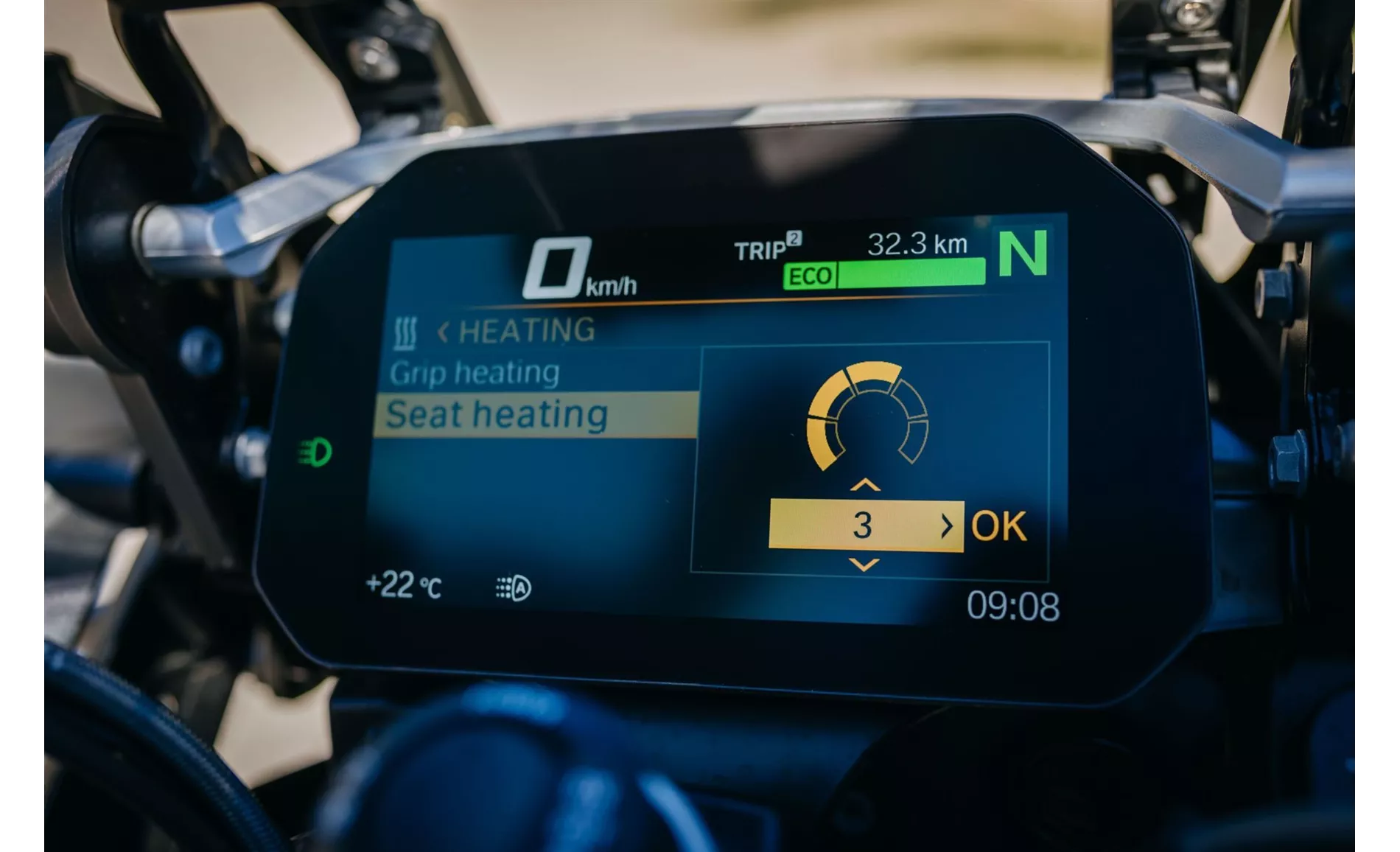
BMW R 1250 GS 2022
In terms of strengths, the Versys 1000 SE 2021 offers a very comfortable seating position, a refined in-line four-cylinder engine, a full electronics package, an adjustable windshield, and superb electronically adjustable Showa suspension. Its braking system is well-controlled, and it has a distinctive look. On the other hand, the R 1250 GS 2022 boasts an extremely torquey boxer engine, a comfortable seating position suitable for long distances, great app integration, a sophisticated operating concept, and great ergonomics. It also offers many customization options and has great handling with strong confidence in the front, making it easy to drive.
In terms of weaknesses, the Versys 1000 SE 2021 has a windshield that is not adjustable with one hand, which may be inconvenient for some riders. On the other hand, the R 1250 GS 2022 has reported issues with shifting at low revs, a seat that is too lax, and brakes and suspension that are no longer on par with the strong competition.
Overall, both the Kawasaki Versys 1000 SE 2021 and the BMW R 1250 GS 2022 have their own strengths and weaknesses. The Versys offers a comfortable ride and a distinctive look, while the R 1250 GS provides a powerful engine and great handling. Riders should consider their specific needs and preferences when choosing between these two models.
Technical Specifications Kawasaki Versys 1000 SE 2021 compared to BMW R 1250 GS 2022
Pros and Cons in comparison
Pros and Cons in comparison
Kawasaki Versys 1000 SE 2021
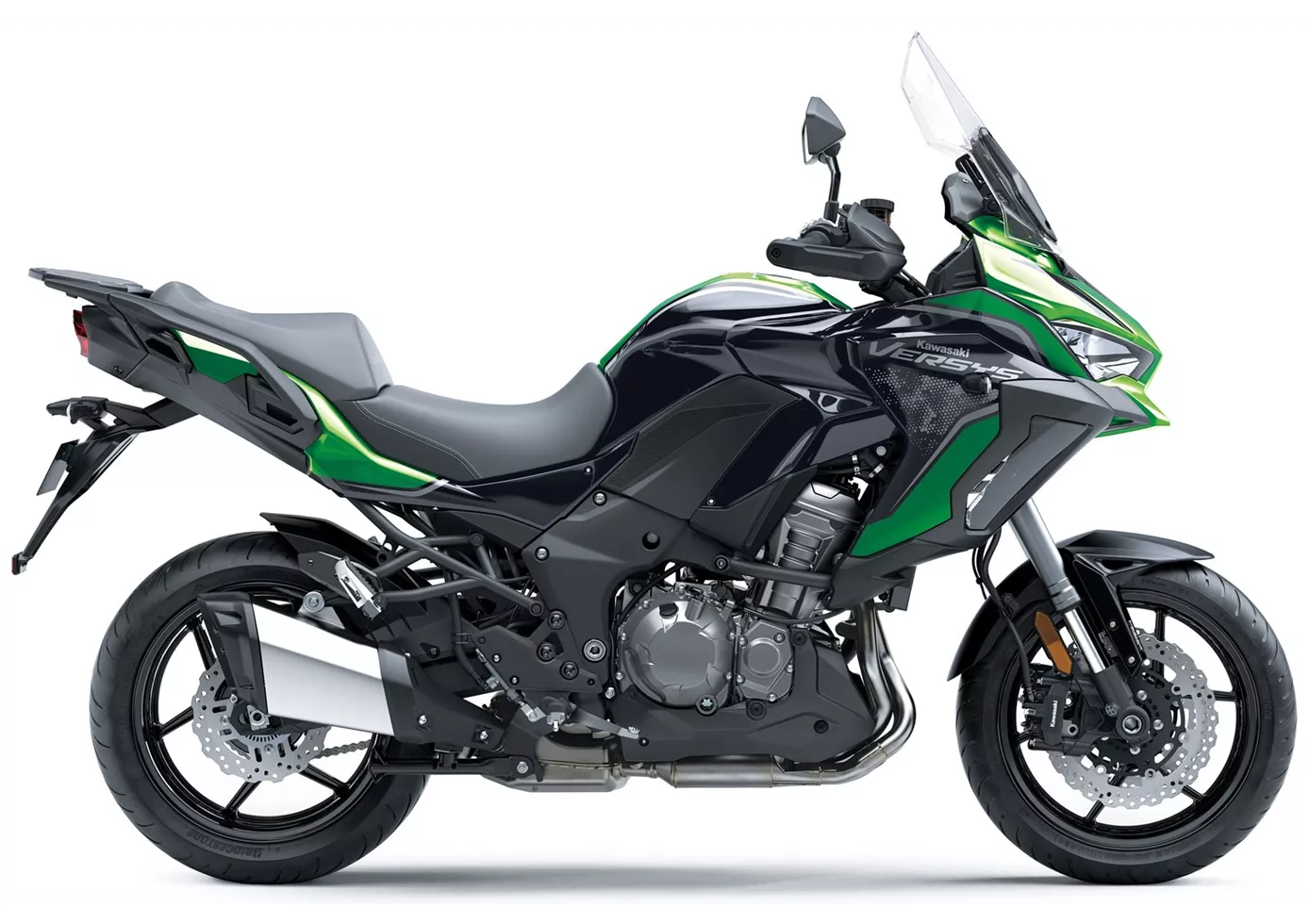
The Kawasaki Versys 1000 SE is more than equipped for the big journey: The many features pull together, because everything good about the SE is aimed at comfort and safety. Whether it's the semi-active electronic Skyhook suspension from Showa, the KIBS cornering ABS, the Kawasaki Cornering Management Function (KMCF), the cornering lights or the easy-to-read TFT colour display, the electronics leave nothing to be desired. Coupled with the comfortable seating position and the high, adjustable windshield, long stages are a pleasure. The engine is certainly not the most powerful, the weight certainly not the lowest, but overall the Versys 1000 SE is an optimal touring motorbike.
BMW R 1250 GS 2022

The BMW R 1250 GS presents itself as a very complete motorbike even in 2022. Confident and well-balanced, it convinces on intensive rides. The motorbike scores points with its wonderful engine, great ergonomics and practical riding aids including great app integration. However, in direct comparison with other touring enduros in the top league, it is now showing its first weaknesses in terms of equipment and the components installed. However, the 136 hp from the boxer engine is convincing in every situation.
Price Comparison Avarage Market Price Kawasaki Versys 1000 SE vs BMW R 1250 GS
There are a few key differences between a Kawasaki Versys 1000 SE 2021 and a BMW R 1250 GS 2022. It takes less time to sell a BMW R 1250 GS with 50 days compared to 86 days for the Kawasaki Versys 1000 SE. Since model year 2019 1000PS.de editors have written 12 reviews for the Kawasaki Versys 1000 SE and 50 reviews for the BMW R 1250 GS since model year 2019. The first review for the Kawasaki Versys 1000 SE was published on 11/6/2018 and now has more than 25,500 views. This compares to more than 305,600 views for the first review on BMW R 1250 GS published on 9/19/2018.
